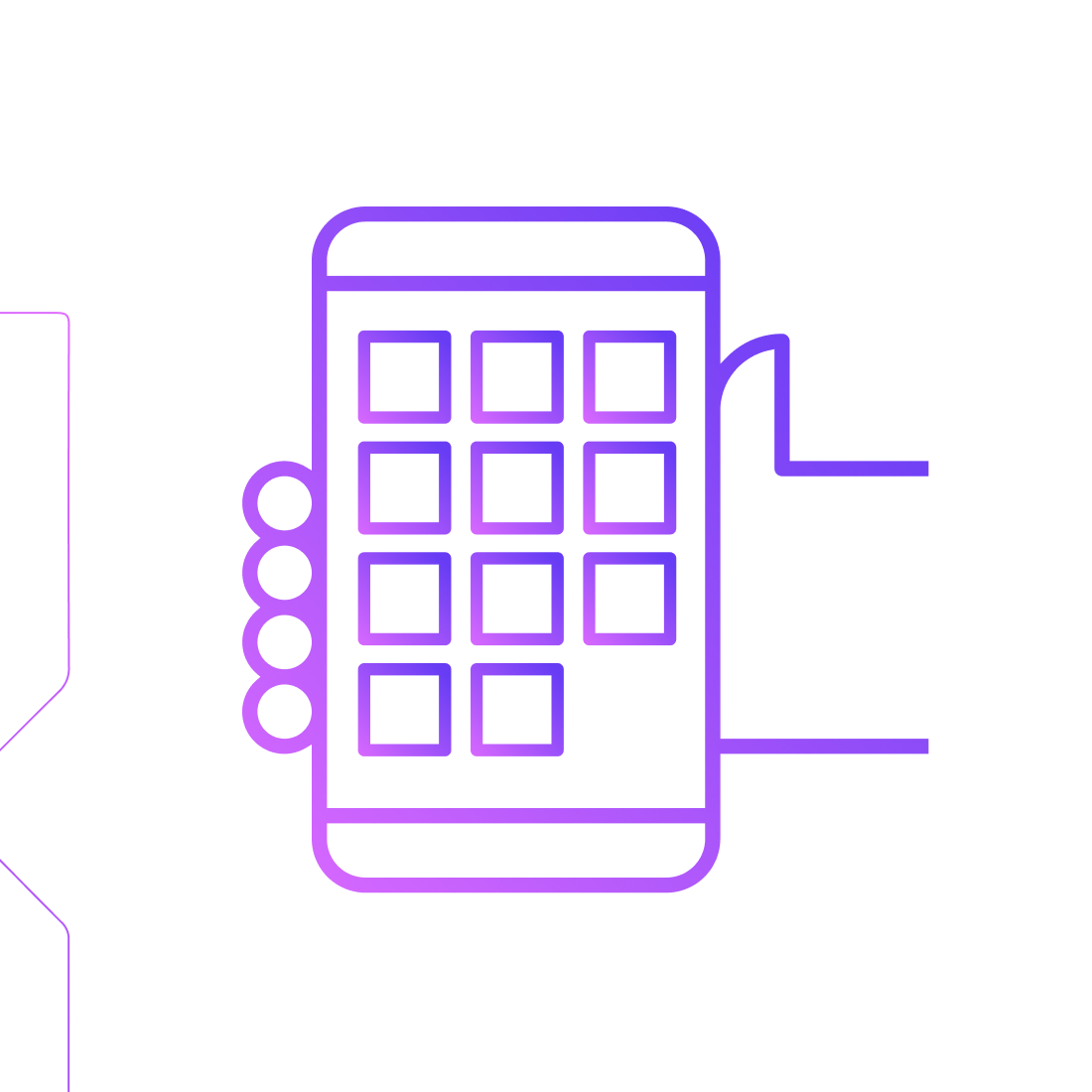

Blockchain: Greater Clarity to Fashion Industry

Blockchain: Providing Greater Transparency to the Fashion Industry
Blockchain technology has been disrupting different kinds of industries since its inception.
Now the apparel market and the fashion industry at large are experiencing the transformative power of blockchain technology.
It’s a market that has been rapidly expanding, creating a need for technology that can make processes easier and more streamlined. The industry grew by USD200 billion in just five years, between 2015 and 2020, becoming worth USD1.5 trillion.
Apart from the new needs created by such growth, there’s also room for blockchain and its massive potential to make a large impact.
Applications of Blockchain in the Fashion Industry
There are a few ways blockchain can help evolve the fashion industry, and each of them has the capacity to power crucial growth that benefits both businesses and their customers.
Improved Efficiency
For now, the fashion industry is relying on a system that’s based on each stakeholder in the distribution and supply line having their own record. That makes information more difficult to access, and it creates opportunities for tampering and inaccurate entries due to the lack of cohesion.
With blockchain, all the information can be available on a single centralized platform.
That means fashion businesses and stakeholders can easily access the data, and they can find it in a streamlined format. The result is that different players within the supply line can gather insights into how to make their individual processes make more effective, with the business providing oversight to guide a unified approach.
Plus, the information is authenticated and tamper-proof, making it much more usable than records maintained through other means.
For the customer, this means shorter waiting times after ordering.
Easier Royalty Tracking
Fashion fraud has been growing worldwide, at times reaching rates of 47% increases in some years.
A blockchain-backed approach allows designers to hold legally valid proof of creation so they can protect their designs. With industry-wide implementation, this makes it possible for manufacturers to uncover when a party who’s making an order doesn’t hold the rights to designs.
And it also makes it simpler to create and track trademarks, allowing designers to reconcile their earnings with legitimate cryptographic records.
Reduction of Overhead
Because of effective data management and more competent record keeping, combined with a vastly streamlined supply chain, businesses can maximize their revenue. They’ll be able to clog revenue leaks that result from operational inefficiencies.
They can also have stronger infrastructure on which to scale their operations, which in turn can lead to realizing higher margins.
Transfer of Digital Clothing
Digital clothing has the problem of being relatively easy to counterfeit. But with blockchain technology, designers are able to make secure exchanges, with no risk of the customer being able to illegally share the design.
For businesses with digital clothing offerings, this makes it easier to retain a profitable business model.
Closing Statement
As a trustless platform with wide-ranging applications, across nearly any business, blockchain can help to shape new transformations within the fashion industry.
The benefits for the businesses include leaner and faster routes to both production and market, leading to greater margins. Costumers, on the other hand, receive better service and transparency into the clothes they buy.
Do you want to develop an application for your business and looking for the best development team? Our process of “Simplify. Align. Enable.” can turn your complex, high-maintenance IT products into IT assets that are simple to manage, aligned with your business goals, and enables you to stay ahead in the competition.
Book a brainstorming call to see if we’re the right app developer for you.



Leave a comment!